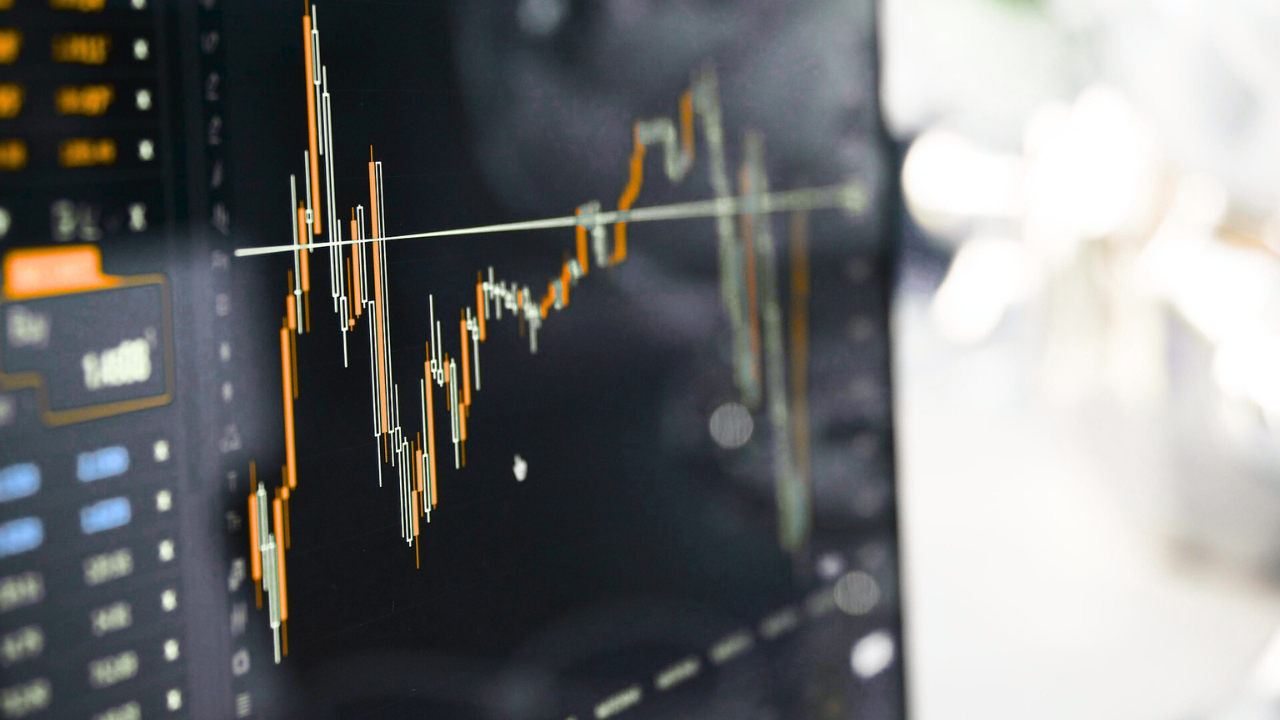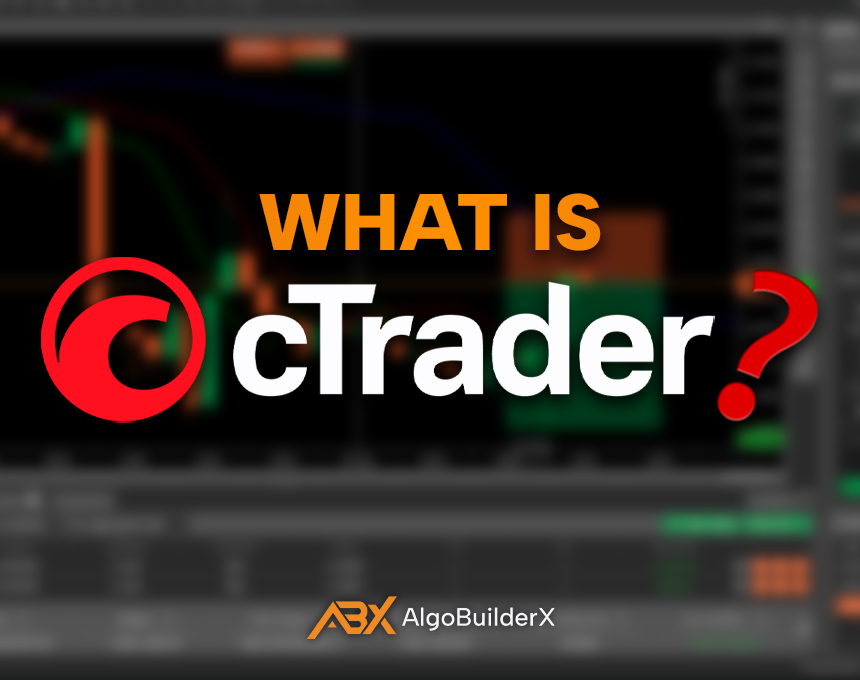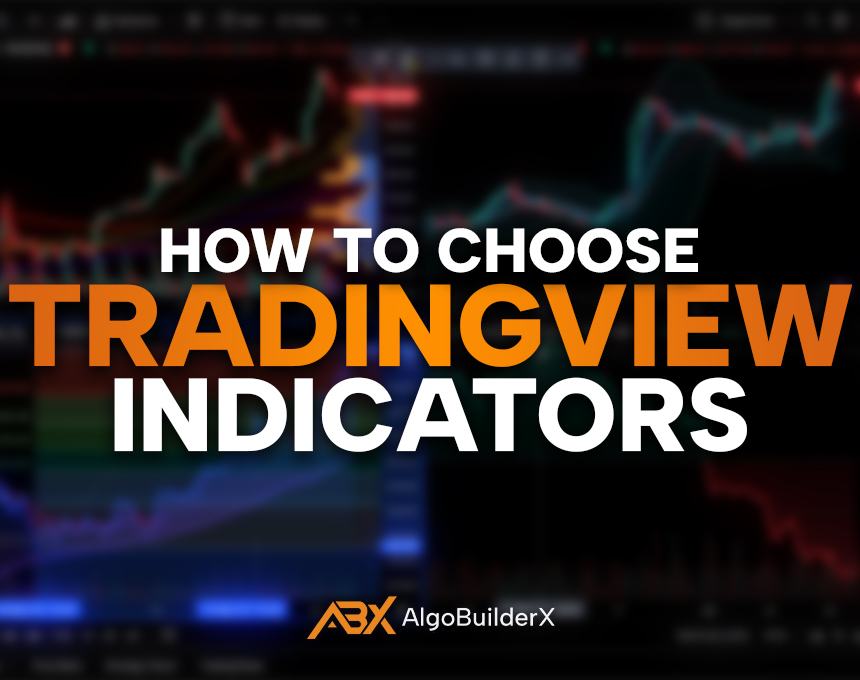How to Read a Backtest on cTrader is a fundamental skill. When testing an automated strategy on cTrader Automate, one of the most common mistakes is assuming that a short or poorly configured test is reliable. Before analyzing any of the metrics provided in the report, it’s crucial to evaluate the quality of the test period.
A backtest lasting one or two weeks—or even just a month—is not meaningful. Markets go through different phases: high and low volatility, news cycles, seasonal trends. For this reason, a reliable test should cover at least one year, ideally two or more years, or multiple separate periods (e.g., one during a ranging phase and another during a trending phase).
Another important technical note: always run your backtest in “OnTick” mode, as it’s the most realistic simulation of how the market behaves.
Trading Statistics – How to Read a Backtest on cTrader
1. Net Profit
This is the total profit minus all losses, including commissions and swap costs.
Be careful: by itself, it tells you very little about whether a strategy is good or not. It must be evaluated in context with other data, like drawdown and number of trades.
2. Profit Factor
This is the ratio between total profit and total loss.
- A value above 1 suggests potential profitability.
- A value between 1.3 and 2.5 is generally considered healthy.
- Extremely high values (e.g., above 5) might indicate overfitting.
3. Winning/Losing Trades
Shows the number of trades closed in profit or loss.
A strategy might only win 30% of the time and still be profitable if the risk/reward ratio is favorable.
Don’t get obsessed with win rate: what matters more is how much you gain when you win and how much you lose when you’re wrong.
4. Average Trade
This shows the average profit per trade.
It should be high enough to cover fees and slippage. If it’s too close to zero, even small real-world deviations could make it negative.
Drawdown – Measuring the Risk You’re Taking
5. Max Balance Drawdown
This is the maximum drop in account balance during the test, compared to its highest point.
6. Max Equity Drawdown
Same concept, but calculated based on equity (including open trades). This is usually more realistic and stricter.
Practical benchmarks:
- Under 5% → low risk
- Between 5% and 15% → moderate risk
- Over 20% → high risk
The Equity/Balance Chart – A Visual Story of Your Strategy
This graph displays two curves:
- Balance: cumulative profit/loss from closed trades
- Equity: account value including open trades
A healthy graph shows equity rising steadily with few, contained drawdowns.
If the equity line strays far from the balance line or shows wild fluctuations, that’s a red flag for instability.
How to Evaluate a cTrader Backtest – Full Checklist
Here’s a simplified guide to assess whether a backtest is meaningful:
| Metric | What to Look At | When It’s Good | When It’s Suspicious |
|---|---|---|---|
| Net Profit | Total gain | Positive but realistic | Extremely high from few trades |
| Profit Factor | Gain vs loss ratio | 1.3–2.5 | <1.1 or >5 |
| Number of Trades | Statistical relevance | 250+ | Below 80 |
| Winning Trades | Win rate | >30% with good R:R | >90% = possible overfitting |
| Drawdown | Risk exposure | Below 10% ideal | Over 20% = high risk |
| Average Trade | Avg. profit/trade | Positive and sustainable | Too close to zero |
| Equity Graph | Visual consistency | Smooth and upward | Choppy or erratic |
| Commissions | Impact on profits | Manageable | Eats up all gains |
| Max Loss/Winner | Risk symmetry | Losses under control | Tiny wins, big losses |
A Good Backtest Isn’t Just a Number, It’s a Set of Signals
A quality backtest is solid, coherent, and realistic. It must meet several conditions: a sufficient number of trades, a meaningful time span (at least one year), a sustainable profit factor, acceptable drawdown, and a clean, logical equity curve.
Also, don’t rely on just one test: run it in different market conditions to evaluate robustness.
In short, reading a backtest report is not about looking at one big number and saying “it works.” It’s about checking for consistency, risk control, statistical soundness, and realism.
More Backtesting Resources
If you want to dive deeper into backtesting on cTrader and improve your analysis process, check out the other articles I’ve written on this topic:
Complete Guide to Backtesting and Optimization on cTrader
How to Avoid Overfitting in Backtesting Trading Strategies
Walk-Forward Optimization: A Dynamic Approach to Backtesting
www.algobuilderx.com




